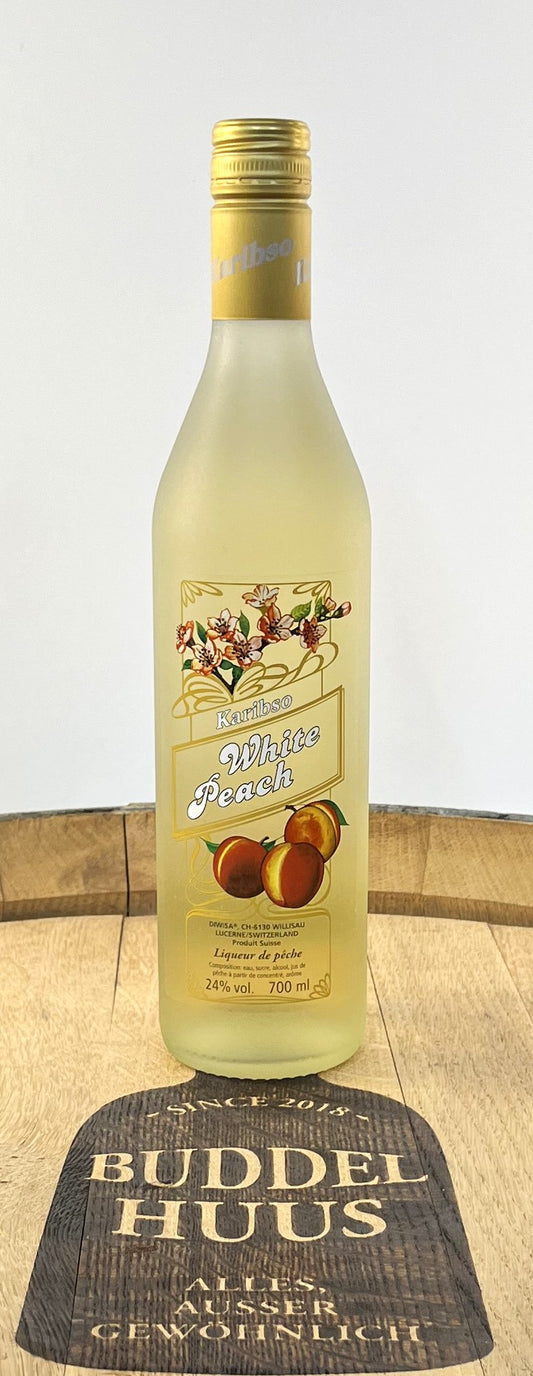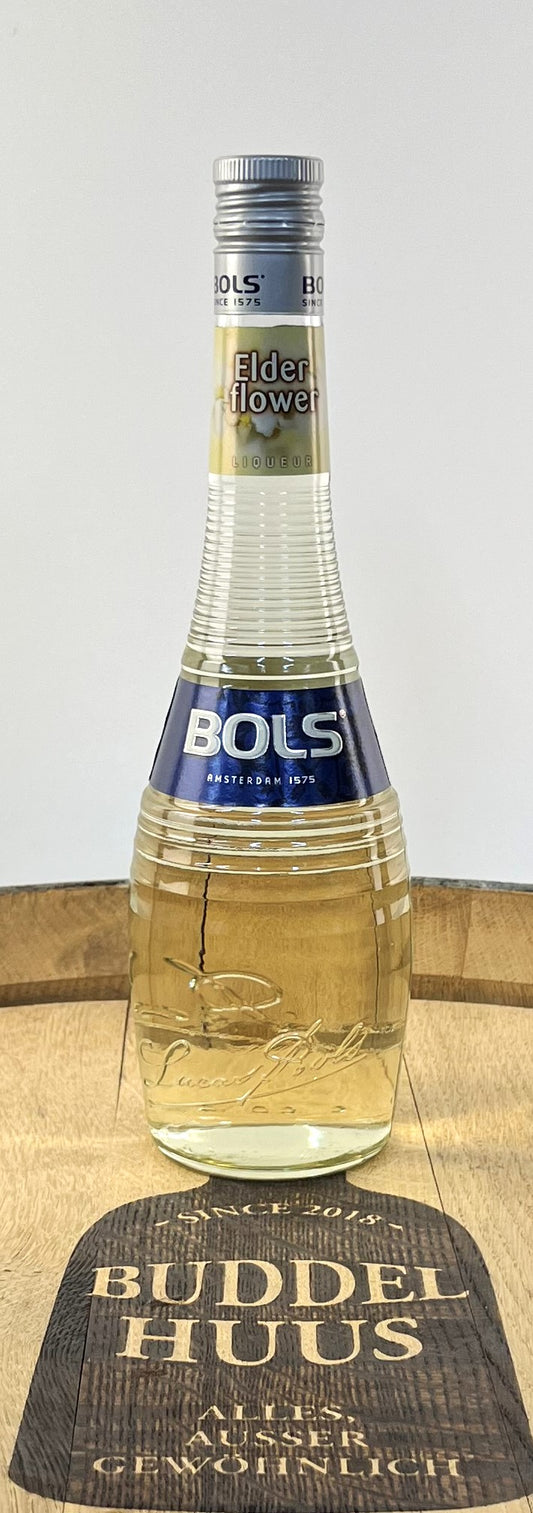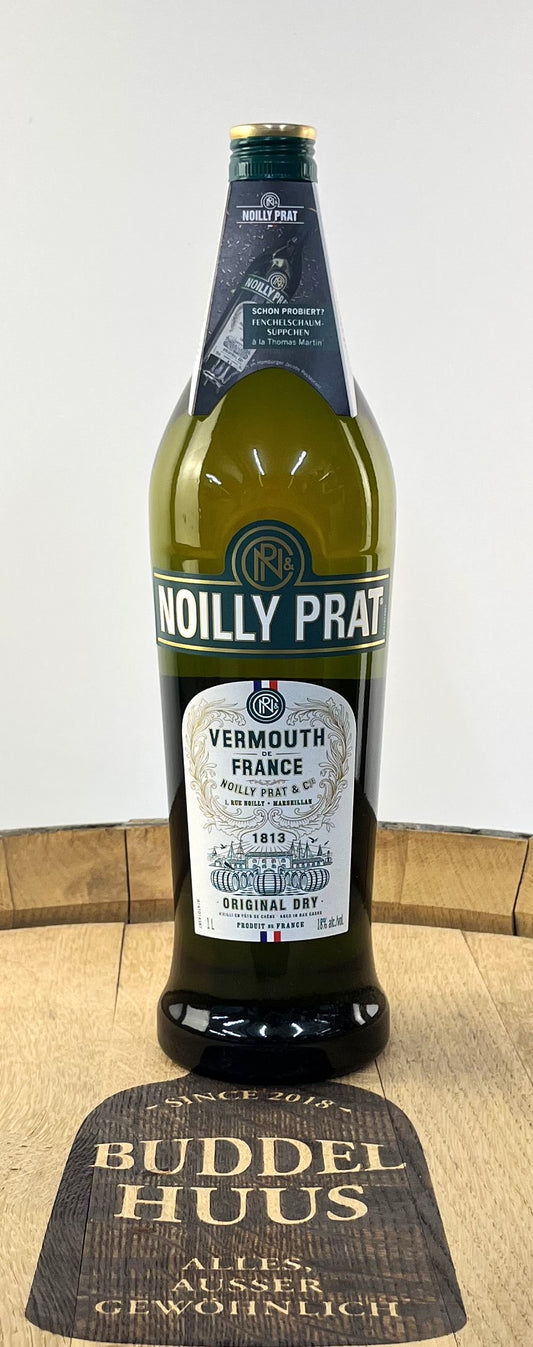Our Bitters & Liqueurs Range
-
Vantage Icons of Australia Uluru
Regular price CHF 45.00Regular priceUnit price per
-
Mascarade Likör
Regular price CHF 29.00Regular priceUnit price per
-
Vantage Icons of Australia Sydney Harbour
Regular price CHF 45.00Regular priceUnit price per
-
Mascarade Likör
Regular price CHF 19.00Regular priceUnit price per
-
Mascarade Likör
Regular price CHF 15.00Regular priceUnit price per
-
Mascarade Likör
Regular price CHF 20.00Regular priceUnit price per
-
Vantage Icons of Australia 12 Apostles
Regular price CHF 45.00Regular priceUnit price per
-
Vantage Pioneering Spirit
Regular price CHF 35.00Regular priceUnit price per
Bitters are spirits that are based on herbs and, as the name suggests, are primarily characterized by their bitter taste. They have been enjoyed worldwide for many decades and are also considered aids to digestion. This is why they are also known as "digestifs" or "stomach bitters."
Liqueurs, on the other hand, are alcoholic beverages with a high sugar content, often featuring a sweet taste. Bitters and liqueurs, like many other spirits, have their origins in medicinal use but have evolved over centuries to become popular digestifs and enjoyable beverages after meals. Thanks to a wide variety of producers and flavor options, there is a bitter or liqueur to suit every enthusiast..
History and origin of bitters and liqueurs
Many bitter drinks and liqueurs are produced through the process of distillation, which was first applied by physicians in Europe in the late 13th century. From the 14th century onwards, these beverages were also crafted for pure enjoyment, resulting in diverse recipes. Due to high sugar prices, liqueurs were initially considered drinks for the upper class, while bitters, made from various local herbs, were more affordable. The composition of bitters varies, utilizing different combinations of herbs, tree barks, or roots. The name "bitters" is derived from its characteristic taste, while the term "liqueur" comes from the French word "liqueur," itself originating from the Latin word "liquor" (liquid) .
Ingredients and classifications of liqueurs and bitter beverages
The minimum alcohol content for bitters and liqueurs is 15% alcohol by volume (ABV) .
Bitters are based on neutral agricultural alcohol, which gains its unique flavor through the addition of various components, typically herbs, barks, spices, or roots. High-quality bitters use exclusively natural flavorings in their production. The aromatization of neutral alcohol occurs through the maceration of flavorings in the beverage, later filtered out. Although the minimum alcohol content is 15% ABV, many bitter beverages have higher alcohol content, often ranging between 35% and 40% ABV. .
In contrast to many other spirits, the definition of a liqueur focuses less on the volume alcohol percentage and more on the amount of sugar used in its production. A key characteristic of liqueurs is their sweet taste. To be labeled as a liqueur, it must contain a minimum of 100 grams of invert sugar per liter. Various types of liqueurs exist, such as herbal liqueurs, fruit liqueurs, or cream liqueurs, each offering a wide range of flavors and ingredients. Regional additions often play a role in creating distinctive liqueur varieties. .
Cream liqueurs, with higher sugar content (at least 250 grams per liter), have a sweeter taste and a thicker consistency. Due to their high sweetness, they are less commonly consumed neat and are often used as ingredients in cocktails.
Herbal and spice liqueurs are crafted from bitter herbs, various spices, and additional components. Emulsion liqueurs include beverages with cream or milk, and egg liqueur falls into this category, requiring a minimum of 150 grams of sugar per liter according to legal regulations. .
Various production methods lead to the goal of creating bitters and liqueurs
One classic process is maceration, especially suitable for working with ingredients that have lower sweetness. These ingredients are combined with sugar to initiate fermentation with yeast. The desired flavors and essential oils are extracted from herbs and spices soaked in neutral alcohol. To prevent the evaporation of alcohol and oils, maceration must take place in a tightly sealed container. The duration of this process varies, ranging from 36 hours to several weeks. Accelerating the process can be achieved by heating the mixture. After maceration, the resulting extract is distilled to create the so-called "geist" or spirit.
Distillation is another method for obtaining liqueurs, particularly favored for fruit or fruit juice liqueurs.
Composition is a simpler approach, where neutral alcohol is flavored with natural or artificial aromas.
Prominent brands and variations of bitters and liqueurs
Bitters and liqueurs remain among the most popular alcoholic beverages in many European countries. Due to the diversity of these drinks and the various regional and international flavor profiles, there is an extensive array of bitter and liqueur brands worldwide. In the realm of herbal liqueurs and bitters, brands like Jägermeister, Ramazotti, Averna, Fernet Branca, Becherovka, Gammel Dansk, and Underberg are highly regarded. Recognized liqueur producers include Aperol, Baileys, Cointreau, Licor 43, Southern Comfort, as well as Kahlúa, Malibu, and Passoa. Countries known for producing notable bitters and liqueurs include Germany, France, Italy, and England.
Cocktails enhanced with liqueurs have names like Mai Tai, Appletini, Prince of Wales, or White Russian. Additionally, some coffee specialties are often complemented with aromatic liqueurs. During the pre-Christmas season, mulled wine with a splash of Cointreau or Amaretto is a typical beverage enjoyed at Christmas markets. For those who prefer a more robust and less sweet experience, cocktails with a bitter component, such as Rob Roy, Southern Comfort Manhattan, Great Barrier Reef, or Fallen Angel, are popular choices .
Whether a digestif truly possesses the digestive properties attributed to it is a matter of ongoing discussion. However, it is undeniable that a good bitter or liqueur serves as a delightful conclusion to a delicious meal – and ultimately, that is what matters most .








